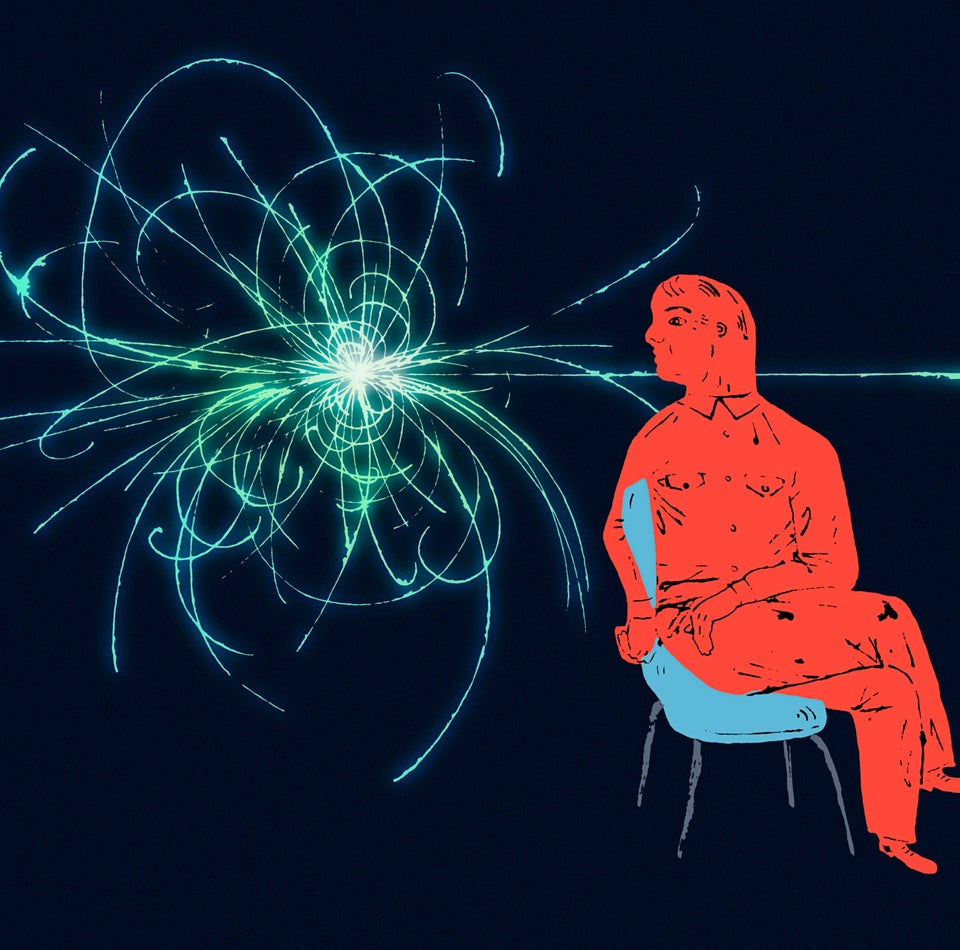Most of our lives revolve around time, from the instant our alarm clocks go off to attending afternoon appointments to the moment we call bedtime. Tick tock. But what exactly is time, and why is it always marching forward?
A new paper suggests that the arrow of time -- a term given to the forward direction of time -- is driven by gravity and, therefore, an inescapable result of the fundamental laws of physics in our universe.
However, "the laws of physics are 'time-reversal invariant,' which means that all the many phenomena we understand and describe through the laws of physics respect these same laws too if 'played backwards' like a movie played in rewind," Dr. Flavio Mercati, a researcher at the Perimeter Institute for Theoretical Physics in Ontario, Canada, told The Huffington Post in an email. "This seems puzzling, considering that we see so many phenomena unfolding only in one way."
To tackle the complex puzzle, the researchers created computer simulated universes similar to our own which is dominated by gravity. The researchers then measured how much order there was in the simulated universes using a quantity called "complexity," which essentially corresponds to the ratio of the distance between the system’s closest pair of particles and the distance between the most widely separated particle pair, Scientific American reported.
What did the researchers find? It turned out that, no matter how the simulations were run, the complexity of each gravitational universe increased with time, and never decreased -- which wouldn't occur without gravity, according to Mercati.
(Story continues below image.)
Artist’s conception of the arrow of time.
“The universe is a structure whose complexity is growing,” Mercati said in a written statement. “The universe is made up of big galaxies separated by vast voids. In the distant past, they were more clumped together. Our conjecture is that our perception of time is the result of a law that determines an irreversible growth of complexity.”
Got that?
The study was published online in the journal Physical Review Letters on October 29, 2014.

